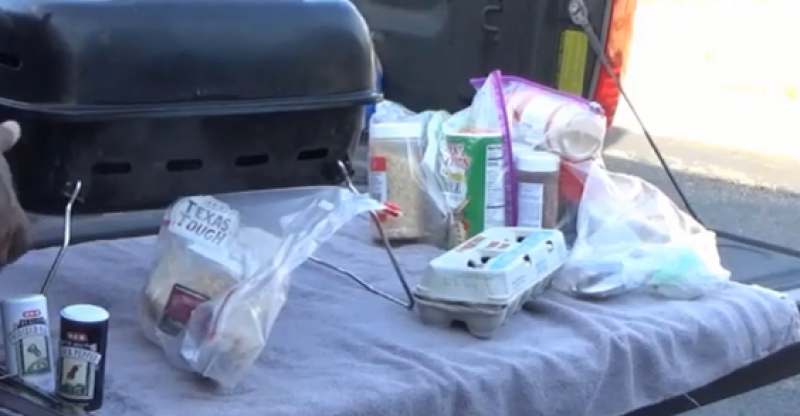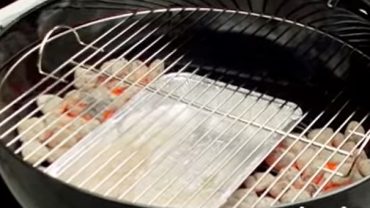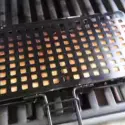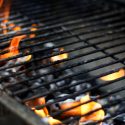How Many Hours Of Grilling In A Propane Tank
Hours Of Grilling In A Propane Tank
How Many Hours Of Grilling In A Propane Tank? Around the world, propane is used to fuel grills due to its convenience and ease of use. The tanks are easy to switch and connect to a grill, making them an affordable and eco-friendly alternative to charcoal grills. It’s essential to know how many hours of grilling in a propane tank will last. Knowing this will help you avoid running out of propane during grilling.
How Many Hours Do A Propane Tank Last When Grilling
The most common tank used for gas grills is a 20 lb propane tank. You can use a smaller tank when camping or having small gatherings.
On an average-sized grill, a 20-pound propane tank will last for about 18 to 20 hours of continuous use. In this case, a tank of propane should last you about 8-10 days on a modest-sized grill if you grill for about two hours every time.
On larger grills, however, a 20lb propane tank will only last about 10 hours. A larger grill consumes more energy, so it consumes a propane tank much faster than a smaller grill.
Attaching propane tank to your grill is quite easy however, you just have to monitor the safety steps as propane is flammable and can lead to any kind of unforeseen accident. You should have at least two propane tanks ready at any point as you do not want to run out of gas during the middle of the cooking process. Although you can rely on natural gas but the power of propane is twice or more than the normal BTU unit of natural gas.
If you use a medium-sized grill on high heat, you will typically use one to two pounds of fuel per meal. An average tank of fuel can accommodate roughly eight grilling sessions.
You also have to consider your cooking style. It takes less energy to smoke foods since only 1 or 2 burners are needed for indirect heating. A single 20 lb tank might last a bit longer if you smoke a lot of foods on your gas grill. Smoking foods on your gas grill is easy with a smoker box.
Most Common Propane Tank Sizes
The size of residential propane tanks ranges from 100 to 1,000 gallons. Smaller tanks, such as the 20-pound models, can be used for modest purposes, such as outdoor barbecuing or small appliances, such as fireplaces.
Homes with multiple appliances running on propane, which have the square footage of 2,500 square feet or more, will probably use a 500-gallon tank. Any propane tank larger than 500 gallons is usually reserved for commercial use.
How to Check for Propane Left in a Tank
It’s helpful to know how to check the propane level inside your tank in addition to estimating how long a propane tank lasts on your grill. It is easy to determine how much propane is left by checking each time you grill.
Taking the Water Test
It’s easy to check the amount of propane inside a tank without special tools. All you need to do is run some hot water down the side of the propane tank. Be sure the entire side is wet. Try to feel the temperature of the tank by running your hand from top to bottom. The cold spot indicates the current propane level.
In a tank, propane is stored in liquid form. Propane has the property of absorbing heat very quickly. Whenever you notice your hand’s temperature change from hot to cold, it indicates there is propane inside the tank absorbing the heat from the water.
Utilizing A Pressure Gauge
By using a pressure gauge, you can accurately determine the amount of propane inside a tank. Pressure gauges are simple to use. The first step is to disconnect the propane tank from the gas grill.
Be sure to turn off the gas valve. Connect the pressure gauge to the gas tank with the appropriate threading. Now, attach the metal regulator to the pressure gauge. When it’s hot outside, propane expands because it is temperature-sensitive. This causes the gauge to read higher than it actually is.
Propane Tank Handling Tips
Whenever you use a propane tank, don’t fill it up completely. You should fill a propane tank to 80% of its capacity since propane is sensitive to thermal expansion.
Reuse and refill the same tank as long as it is in good condition. Prior to using your gas grill, you should inspect the tank for rust or signs of external damage and perform a quick leak test.
Attaching the propane tank to natural gas involves simple steps you just need to remove the cap from the pipe of your propane tank and attach it to the grill coupler. However, you just have to make sure that you maintain a safe distance from the tank and the grill. In addition to this, make sure that the propane tank valve is closed, make sure that all the knobs of the grill are also in off positions and ensure that there are no flammable objects in surroundings of the grill and the tank including lighters, cigarettes, sprays and aerosols as well. When you have ensured all the precautions and safety protocols, you can conveniently attach your propane tank to grill.
Conclusion
Propane can be both a burden and a danger if you don’t have enough on hand. Propane tanks must be properly maintained, the fuel must burn quickly, and low levels of propane must be detected.
You should always have an extra tank of propane around just in case. Place propane tanks in an upright position outside your house at all times. If you follow all these tips, you’ll have a safe outdoor cooking environment and avoid running out of propane mid-cookout.








